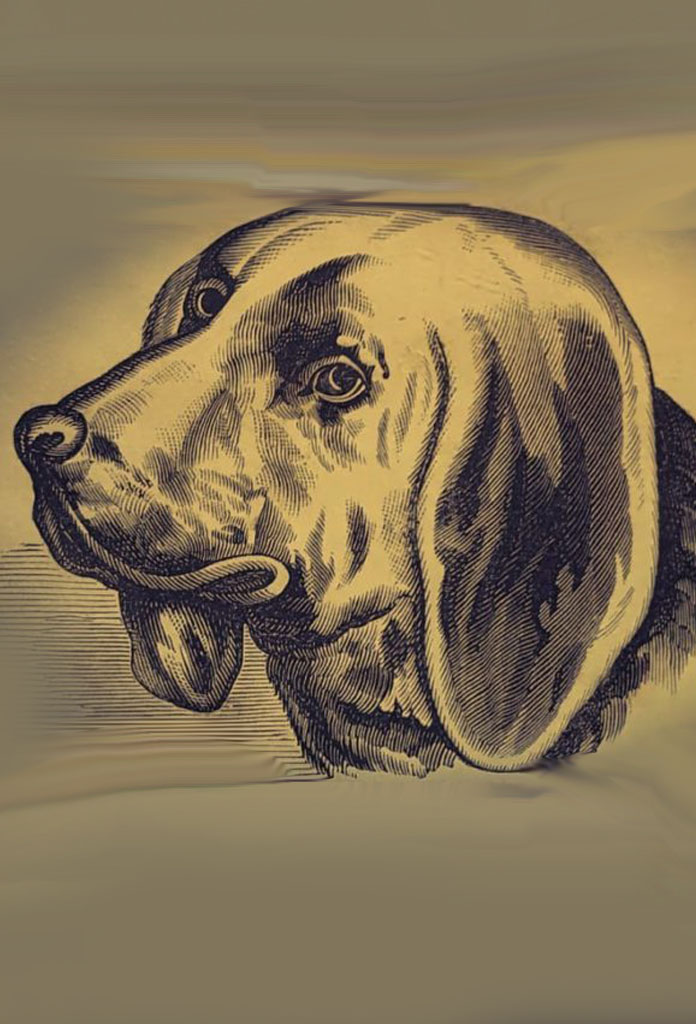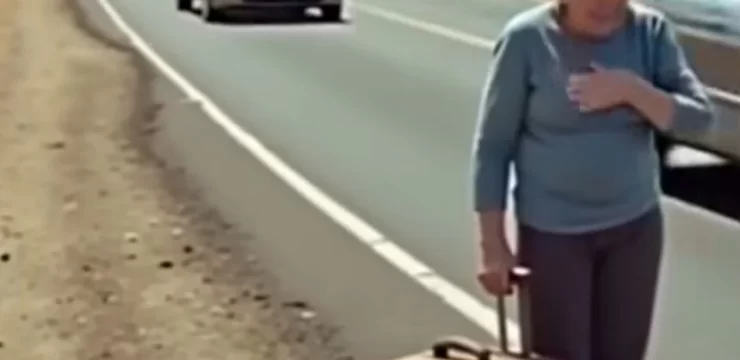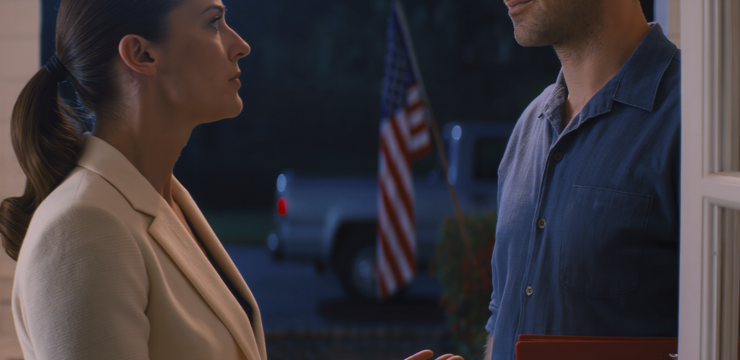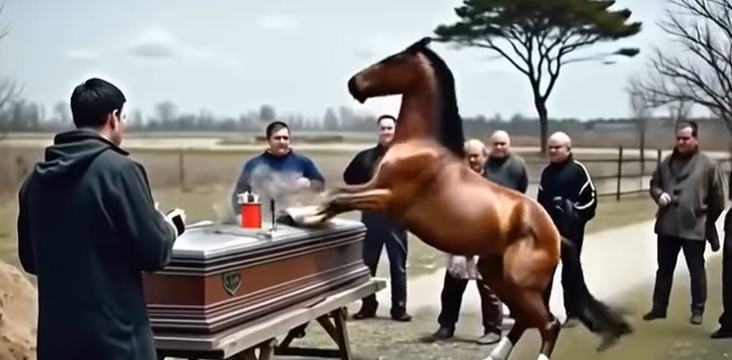Dogs are creatures of routine, especially when their owners are away for the day. Once a pattern is established, they tend to stick to it without much variation. If a family leaves for work each morning, chances are their dog follows a consistent schedule too—wake up, stretch a little, take a nap on the couch, chew on a favorite toy or maybe even a pillow, grab a bite to eat, then snooze again until someone walks through the front door.

This predictable rhythm becomes part of their daily life, almost like clockwork. Experts have studied this behavior for years and confirmed it with the help of technology. By placing surveillance cameras inside homes, researchers have been able to observe just how predictable and independent dogs can be when left on their own. The footage often shows dogs going through their routines, finding ways to stay entertained, comforted, or simply passing the time until their owners come back. These studies highlight how intelligent and adaptable dogs are, capable of understanding patterns and reacting in emotionally complex ways when those patterns are broken. Now, let’s switch gears and take a closer look at a viral photo that’s got the internet talking.
In this particular image, there’s a dog named Oska, and he looks pretty down. His body language and expression seem to say it all—he’s bummed out, maybe even heartbroken, because it’s morning and his human isn’t there. At least, that’s what it looks like at first glance. But here’s the twist: Oska’s owner hasn’t actually gone anywhere. They’re still in the same room. In fact, they’re right there in the photo. It’s just that their presence is so cleverly hidden, most people don’t even notice at first.
This is where things get fun. Can you spot the hidden figure? If you can find the person tucked away in the photo, that means your imagination and attention to detail are working perfectly. You’re not just going through the motions—you’re thinking critically, observing closely, and refusing to accept things at face value. On the other hand, if you’re staring at the image and still can’t figure it out, don’t worry. That doesn’t mean there’s something wrong with you. This picture was designed to fool the eye and trick the brain. It challenges your perception, plays with your expectations, and encourages you to think outside the box. Just like any great optical illusion, it rewards patience and curiosity. So where exactly is Oska’s owner hiding?
That’s the big question. Is it a trick of the light? A camouflage technique? A case of mistaken identity? The answer lies in how we process visual information. Our brains often fill in gaps automatically, especially when we’re familiar with certain settings—like a cozy room with a dog in it. We assume what should be there, sometimes to the point where we overlook what actually is there. This illusion uses that tendency against us. When we expect to see something missing, our brain cooperates and confirms it—even when the truth is staring us right in the face. If you’ve found the owner, that moment of realization probably made you smile or laugh. It’s like solving a little mystery, and that “aha!” feeling is a sure sign that your brain is firing on all cylinders. If you haven’t found them yet, go ahead and zoom in, tilt your screen, or take a short break and return with fresh eyes. Sometimes stepping away from the image gives your brain the reset it needs to see it differently. Optical illusions like this one aren’t just fun—they reveal how uniquely our minds work. They show us that there’s more to see than what meets the eye, and they push us to challenge our assumptions. In the end, it’s not just about finding a hidden person in a picture. It’s about recognizing that even in everyday life, things aren’t always as they seem. So next time you look at a puzzling image—or even a familiar situation—remember that the answer might be hiding in plain sight, just waiting for you to notice.





